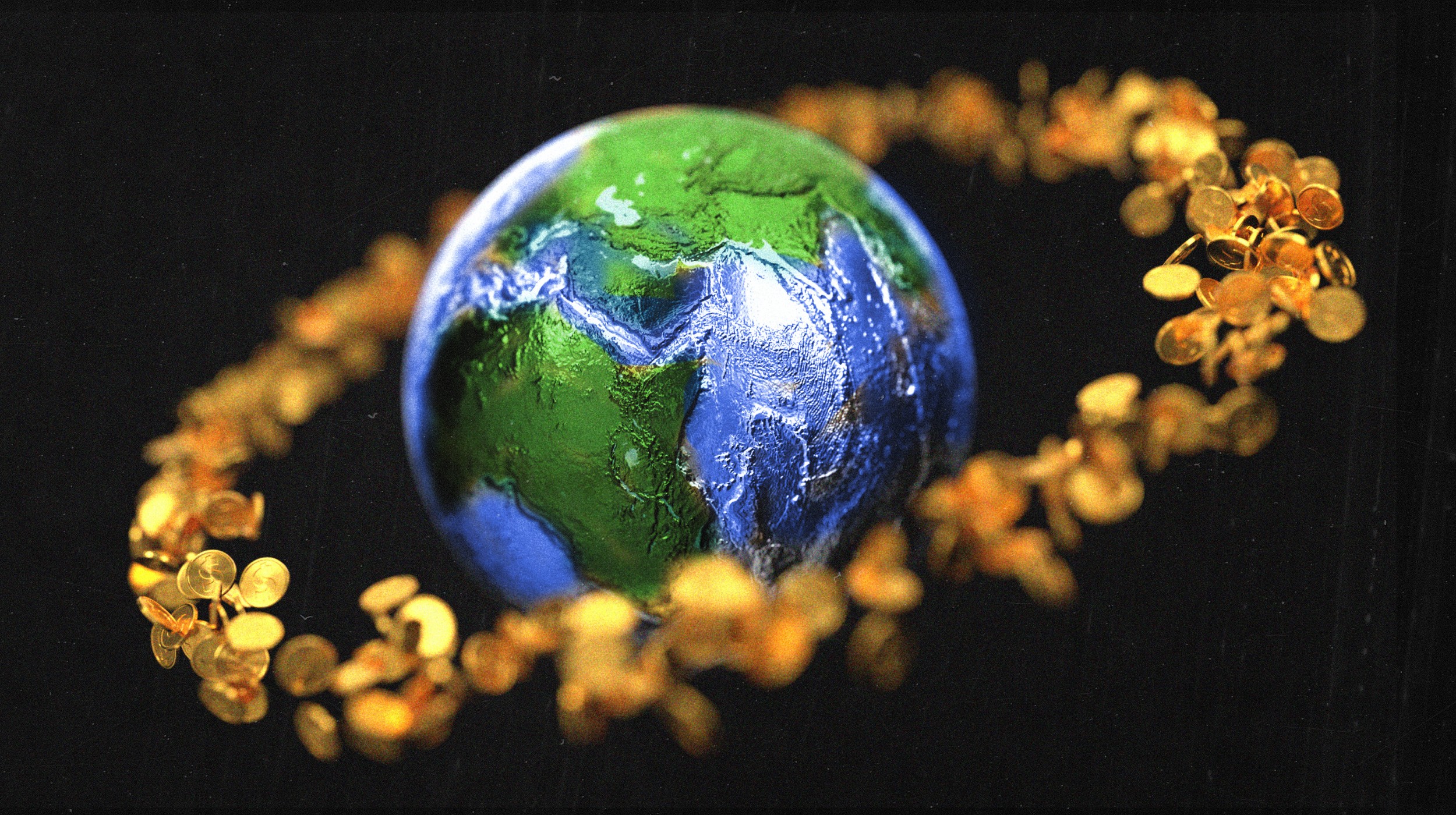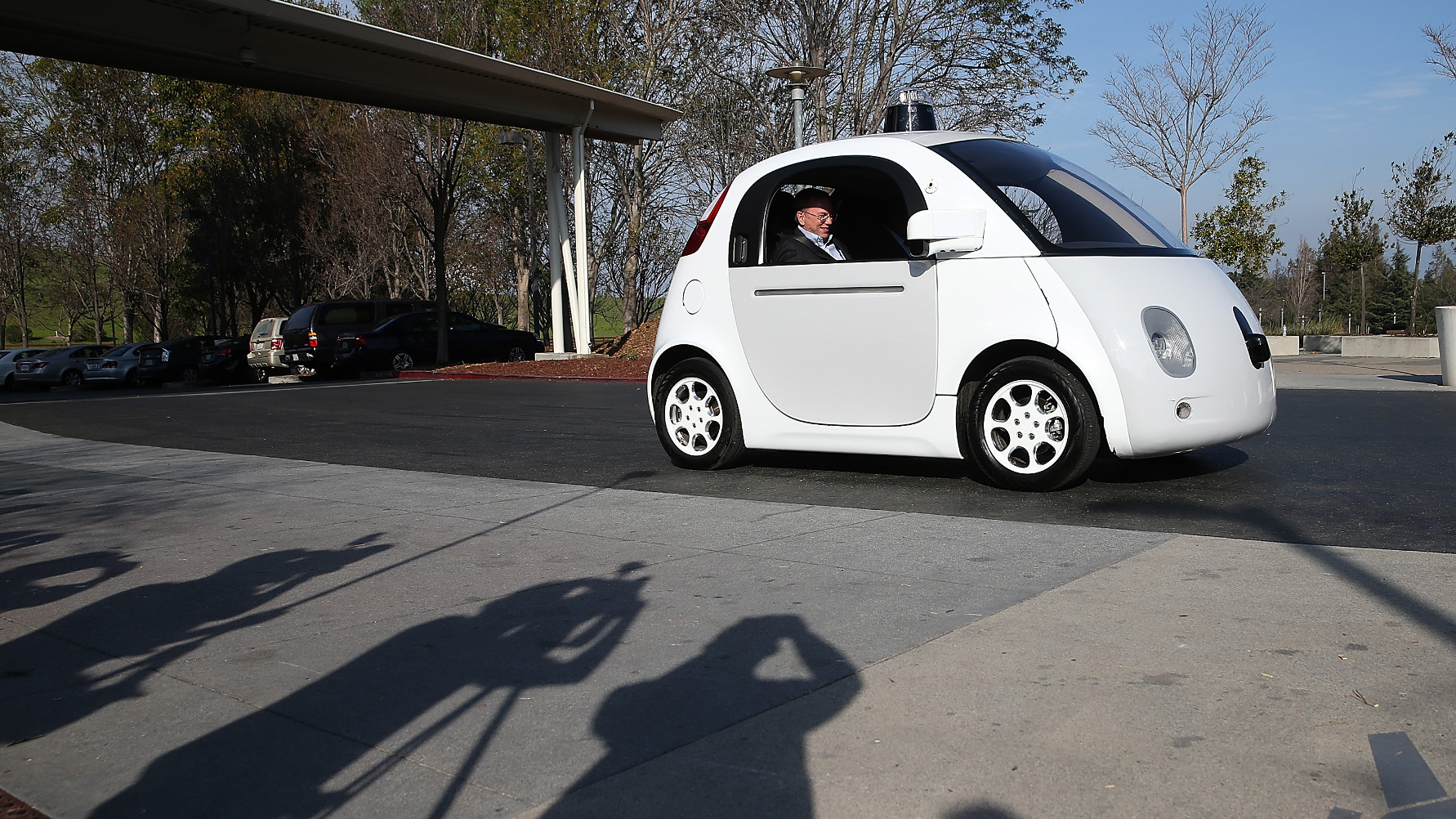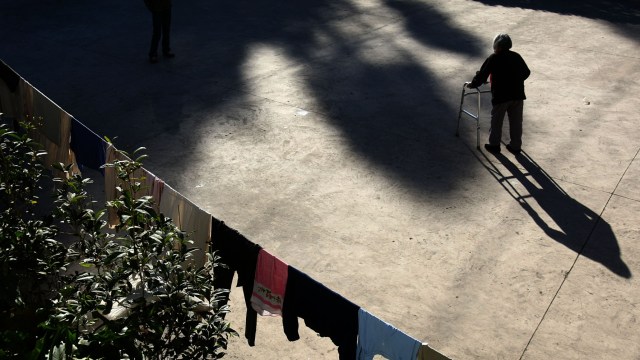How driverless cars could save us from ourselves — and from one another

Photo credit: ANGELO MERENDINO / AFP / Getty Images
Driverless cars would be a great benefit to mankind as well as the environment. Firstly, they would remove the human element that tends to be the major cause behind traffic accidents (around 90 percent) and, second, it would be a boon for the environment, according to a 2015 study published in Nature Climate Change.
In the study, researchers estimate that by 2030, greenhouse gas emissions could be cut by 87 to 94 percent per mile with autonomous taxis. Even if we’re all driving hybrid cars by then, researchers estimate that the switch could still reduce emissions dramatically.
Lead author Jeffery Greenblatt, a staff scientist at Lawrence Berkeley National Laboratory in California, said in a press release:
“When we first started looking at autonomous vehicles, we found that, of all the variables we could consider, the use of autonomous vehicles as part of a shared transit system seemed to be the biggest lever that pointed to lower energy use per mile.”
The researchers are able to give such stellar projections for driverless taxis because of their numerous capabilities. In the end, they found it really is the little things that add up to reducing waste. They can be tailored to your ride — for instance, sending a smaller passenger car if only one person needs a lift or a larger car to accommodate more people, and charting the optimal route. Autonomous taxis would also eliminate the stop-and-go time compared to normal taxis (if you’ve ever ridden in one in NYC, you know what I mean); less idling and more driving means more miles with less waste.
However, it has yet to be seen if people will be willing to adopt driverless cars — let alone driverless taxis. But the research seems to show that the benefits could be huge.
“We are not predicting that these things will take over. We’re asking if [they do], what will be the environmental implications?”
Read more at Nature.
Photo Credit: STR / Stringer





